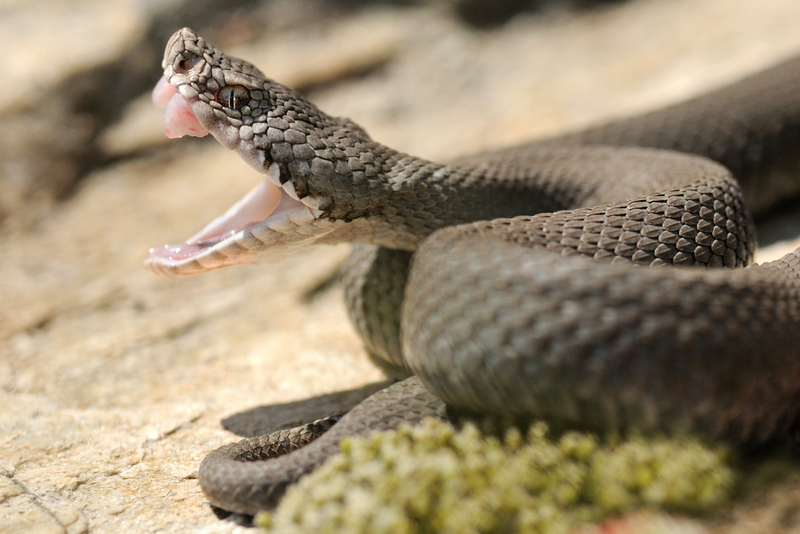New strategy to reduce snake-bite deaths to be implemented in India: WHO
Partner Content Jun 01, 2019
The new plan towards cutting down preventable snake bite-related deaths can be broadly grouped into four steps: Engage communities, effective treatment, improving healthcare system and increasing coordination and resources.

About 2.8 million people are bitten by snakes in India, out of an estimated 4.5 to 5.4 million people who are bitten globally. The monsoon season brings pleasant weather and rainfall, but also brings along ‘snake bite season.’ A recent report showed that snake bites peaked during the months of June to September. It also has been reported that about half of the world’s snake bite-related deaths occur in India, while estimates suggest that about 2.8 million people are bitten by snakes in India, out of an estimated 4.5 to 5.4 million people who are bitten globally. Now, the World Health Organisation (WHO) has released a strategy to cut incidents of snake bite-related deaths and injuries in half by the year 2030.
This move has been welcomed by the Indian Snakebite Initiative at the Madras Crocodile Bank in Chennai. “This is an opportunity to finally get serious about tackling snake bites in India and stop unnecessary deaths and disabilities from snake bites,” according to Romulus Whitaker, wildlife conservationist and founder of Madras Snake Park. A study which documented the number of people impacted by snake bites showed that almost 1 million Indians are bitten by snakes each year, and of those almost 50,000 succumb to it. But despite such high numbers being reported, the lack of anti-venom treatment has proven to be a huge challenge towards the care of snake bite victims in India.
WHO’s new strategy
The WHO first aims to increase awareness on first-aid for snake bites in all majorly-affected communities. Following this, it will work to ensure that an adequate healthcare system is in place to treat those who have been bitten by snakes and to ensure they get quick and easy access to medical care.
This has to be done with the help and support of local community members and governments.
The challenge with anti-venom
Snake venom can be one of three major types: neurotoxic (affects brain and nervous system), myotoxic (affects muscles) or haemotoxic (affects red blood cells).
As of 2017, there was only one Chennai-based group, the Irula Snake Catchers’ Industrial Cooperative Society, which extracted venom from four major species of snakes (Indian Cobra, Common Krait, Saw-Scaled Viper and Russell’s Viper) found in India, which was then sold to biotechnology companies who would then produce anti-venom for the whole nation.
However, as noted by P Gowri Shankar, the founder director of Kalinga Centre for Rainforest Ecology in Karnataka’s Agumbe, who studies King Cobras, mass producing anti-venom may not hold the answer. He strongly believes that every state government must research local species and venom extraction based on the predominant species in the region.
In June 2017, the WHO officially categorised snake bites into a group of Neglected Tropical Diseases (NTDs), a group of infections and health issues commonly seen among poor communities in tropical regions.
This story was originally published on The News Minute and is reprinted here with permission. It can be viewed on https://www.thenewsminute.com/article/new-strategy-reduce-snake-bite-deaths-be-implemented-india-who-102460
-
Exclusive Write-ups & Webinars by KOLs
-
Daily Quiz by specialty
-
Paid Market Research Surveys
-
Case discussions, News & Journals' summaries